La Revolution francaise (film)
7.8 /10 1 Votes7.8
Music director Georges Delerue Country France, Germany, Italy, United Kingdom and Canada | 7.6/10 IMDb Genre Drama, History, Thriller Duration Language French, English | |||||||||||||||||||||||||||||||||
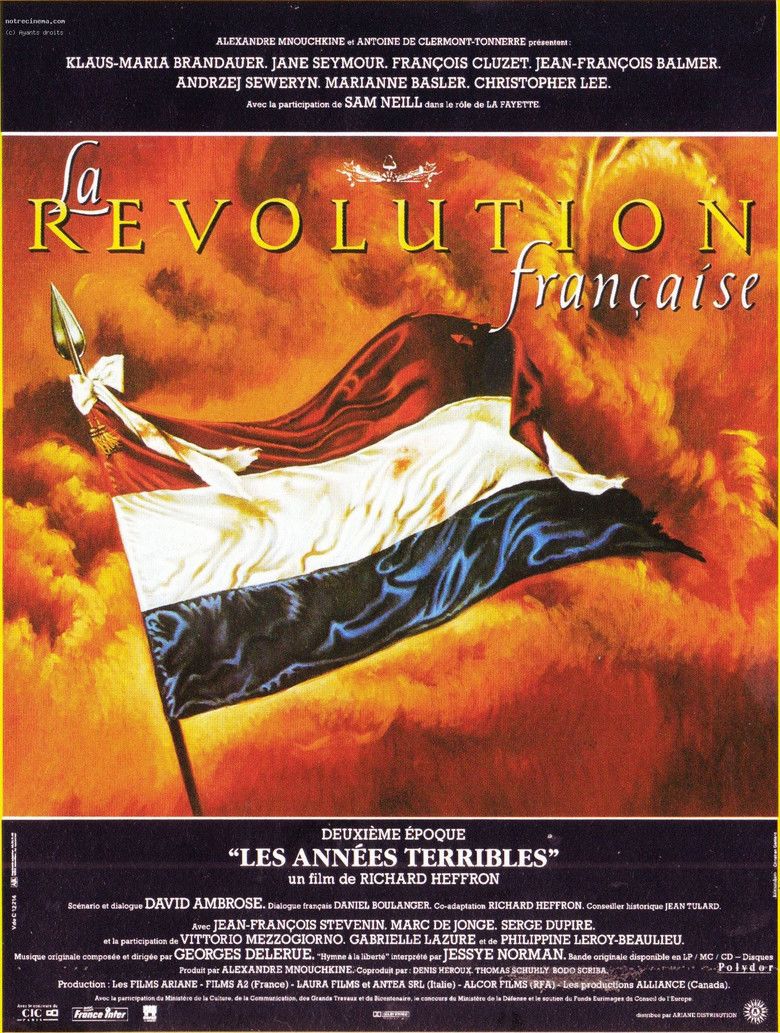 | ||||||||||||||||||||||||||||||||||
Director Robert Enrico, Richard T. Heffron Writer David Ambrose, Daniel Boulanger, Robert Enrico, Richard T. Heffron, Fred A. Wyler Directors Robert Enrico, Richard T. Heffron Screenplay Robert Enrico, Richard T. Heffron, Daniel Boulanger, David Ambrose, John Eskow Cast Klaus Maria Brandauer (Danton), François Cluzet (Camille Desmoulins), Marie Bunel (Lucile Desmoulins), Jane Seymour (Marie-Antoinette), Jean-François Balmer (Louis XVI), Andrzej Seweryn (Robespierre)Similar Danton (1983 film), Chouans!, L'Autrichienne (film) Cinematography François Catonné, Bernard Zitzermann Edited by Patricia Nény, Annie Baronnet, Martine Barraqué, Peter Hollywood Production company Les productions ALLIANCE Distributed by Les Films Ariane Release date 10 May 1989 Budget FRF 300 million Box office $4.8 million Sound mix Dolby Stereo Aspect ratio 1.66 : 1 | ||||||||||||||||||||||||||||||||||
The history of the conflict proceeds from the first uprisings to the downfall of the king (Jean-Francois Balmer).
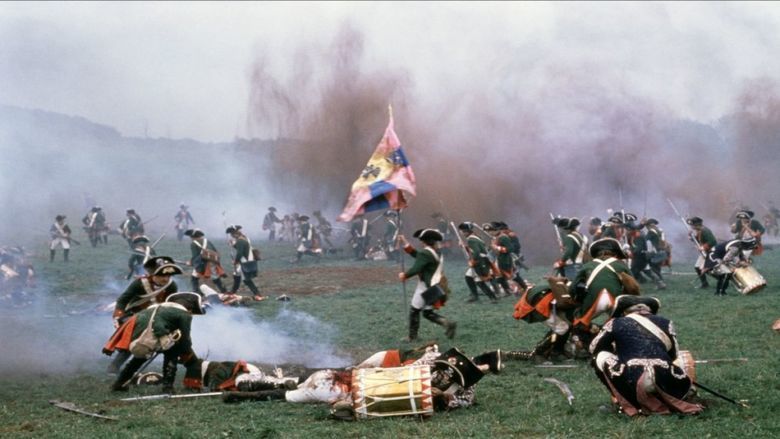
La Revolution francaise is a two-part film, co-produced by France, Germany, Italy, the United Kingdom and Canada. The first part, titled La Revolution francaise: les Annees lumiere (The Years of Light) was directed by Robert Enrico. The second part, La Revolution francaise: les Annees terribles (The Years of Terror), was directed by Richard T. Heffron. The full movie runs at 360 minutes, but the edited-for-television version is slightly longer.
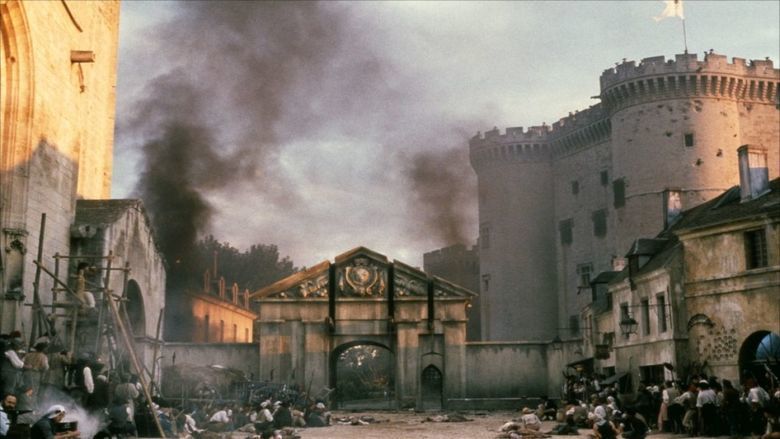
The film was produced in 1989 for the 200th anniversary of the French Revolution. It purports to tell a faithful and neutral story of the Revolution, from the calling of the Estates-General to the death of Maximilien de Robespierre. The film was high-budgeted and boasted an international cast. It was shot in French and English.
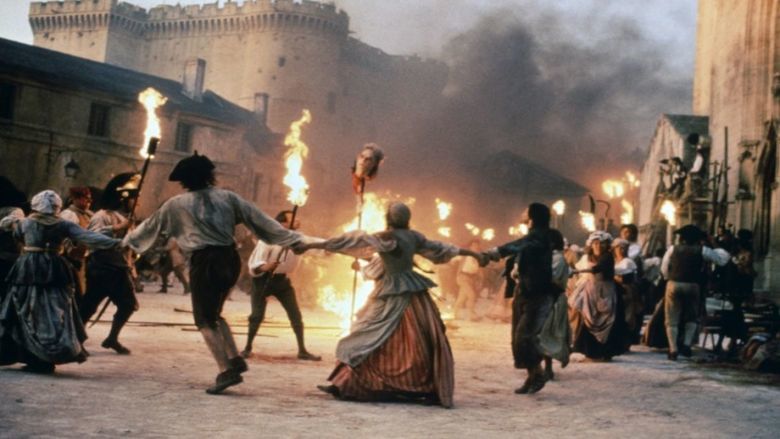
A history of the French Revolution from the decision of the king to convene the Etats-Generaux in 1789 in order to deal with France's debt problem. The first part of the movie tells the story from 1789 until August 10, 1792 (when the King Louis XVI lost all his authority and was put in prison). The second part carries the story through the end of the terror in 1794, including the deaths by guillotine of Louis XVI, Marie-Antoinette, Danton, and Desmoulins.
Reception
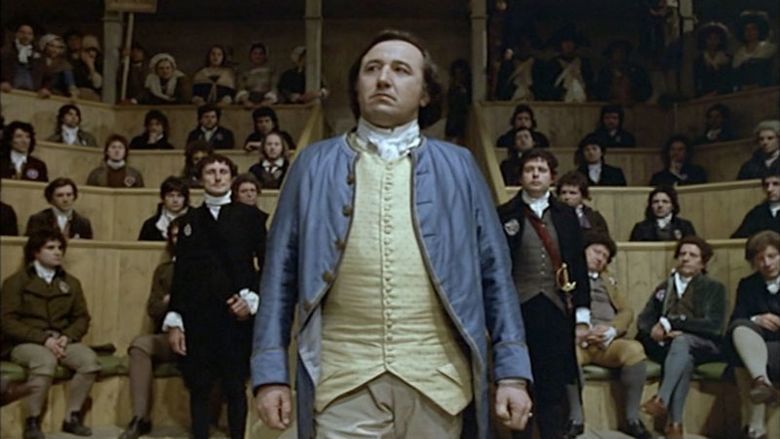
The film is largely regarded as historically precise, though it does take some liberties with factual accuracy. One notable deviation involves the depiction of the executioner Charles-Henri Sanson as the one who carried out the executions of both Louis XVI and Marie-Antoinette. In reality, Charles-Henri Sanson was responsible for executing only Louis XVI, while his son executed Marie-Antoinette.
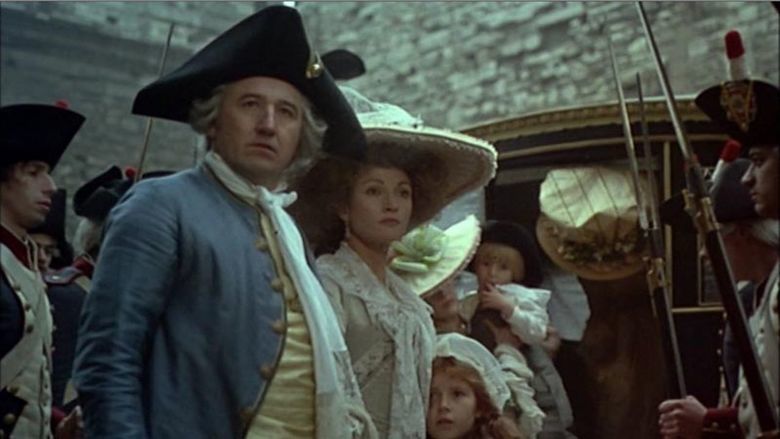
Some critics pointed, however, that the film suffered from its neutrality, which resulted in a lack of point of view and in some incoherences. The first part, which dealt with a rather complex historical subject, was also criticized for its disjointed pacing. The second part was considered more gripping and dramatic. Jean-Francois Balmer received great praise for his portrayal of a rather sympathetic Louis XVI, and Andrzej Seweryn was considered very convincing as Robespierre.
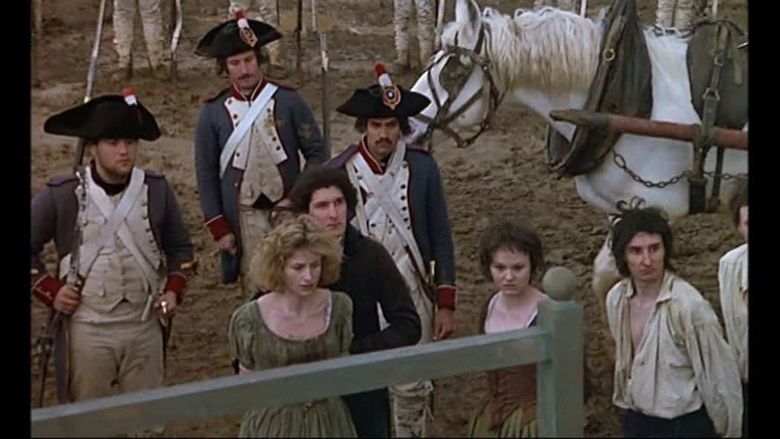
The film was not a box office success in France, as the celebrations for the Revolutions bicentennial were not attracting much audience.
References
La Revolution francaise (film) WikipediaLa Revolution francaise (film) IMDb La Revolution francaise (film) themoviedb.org
